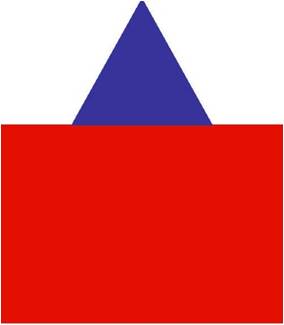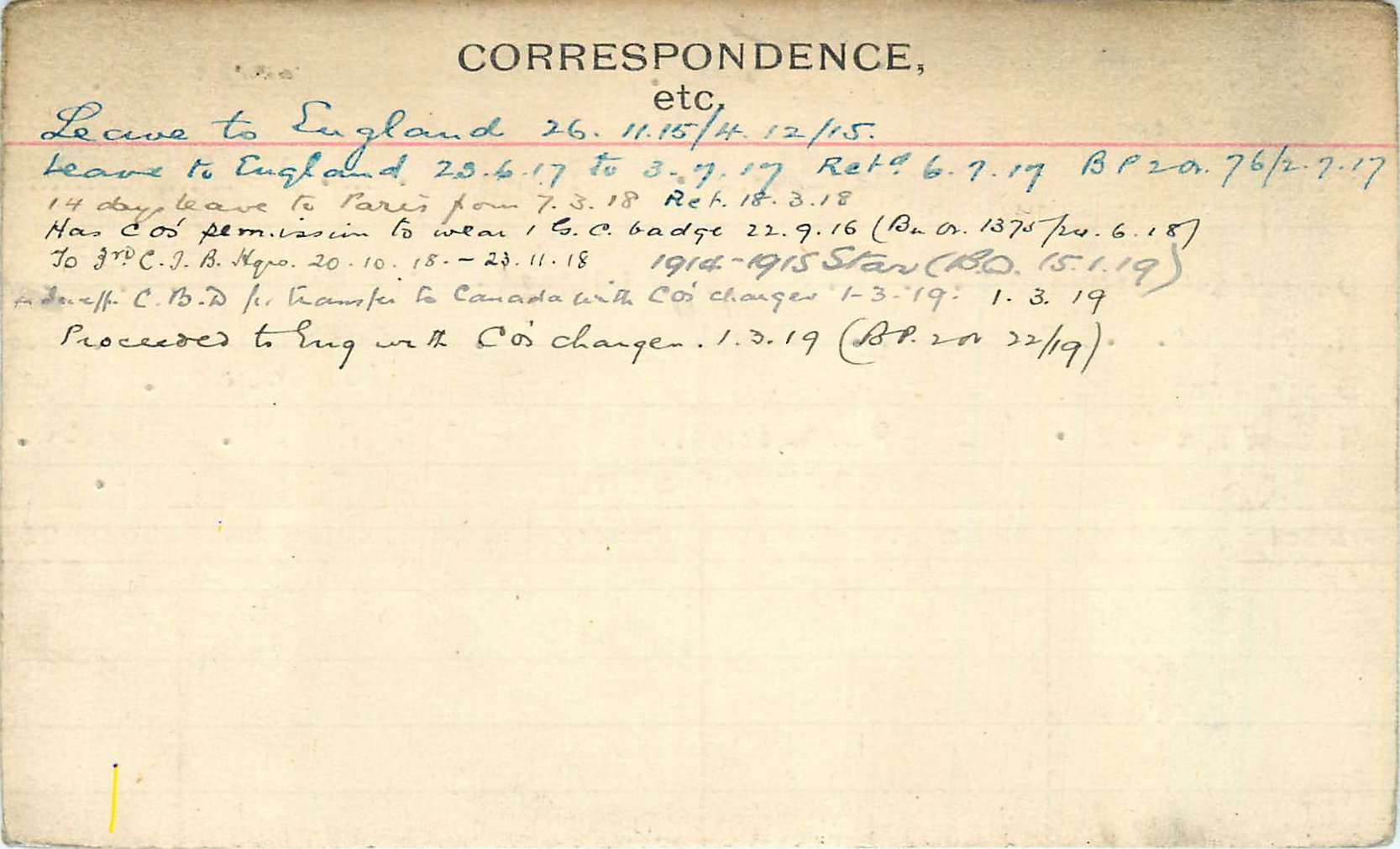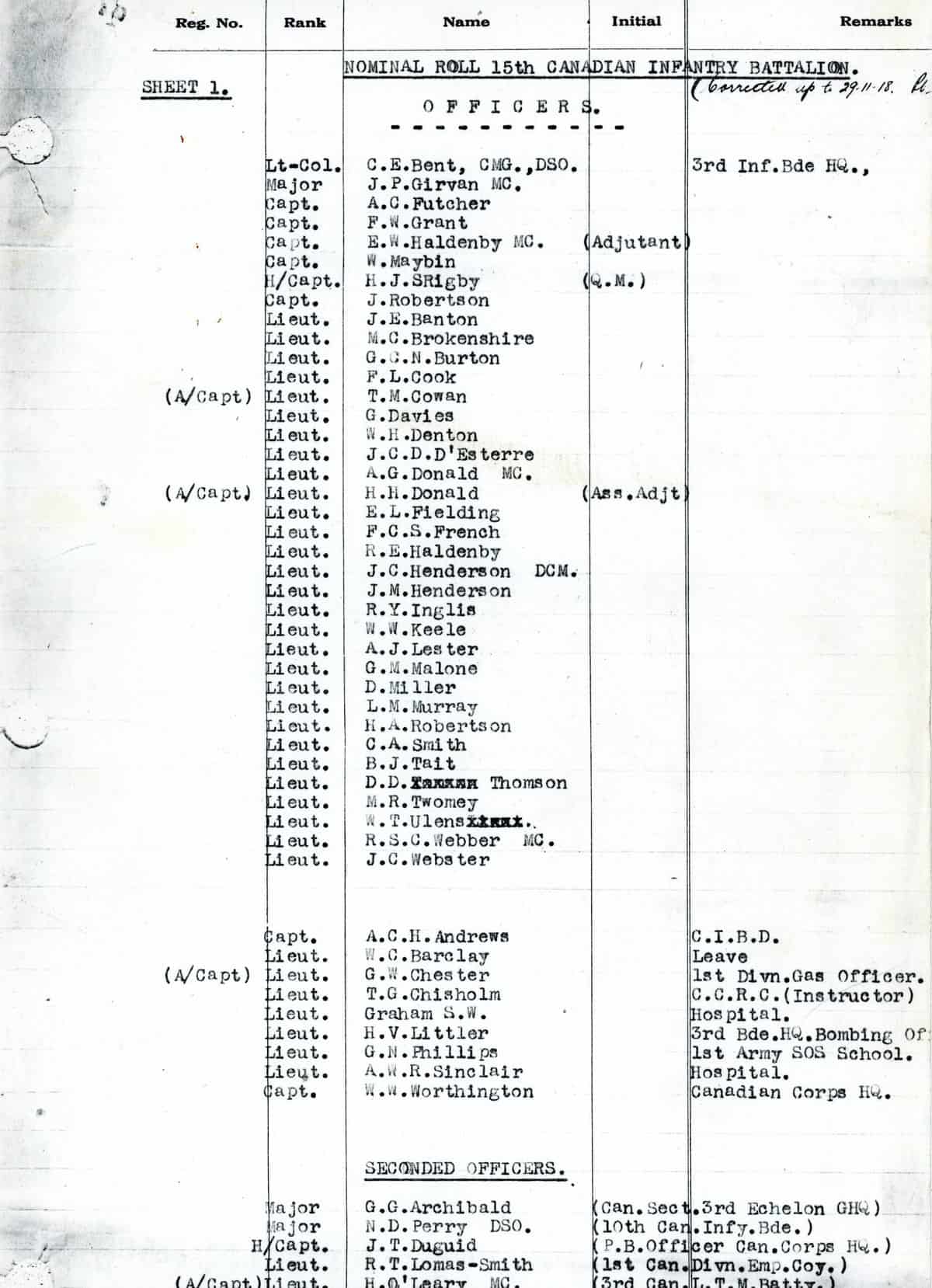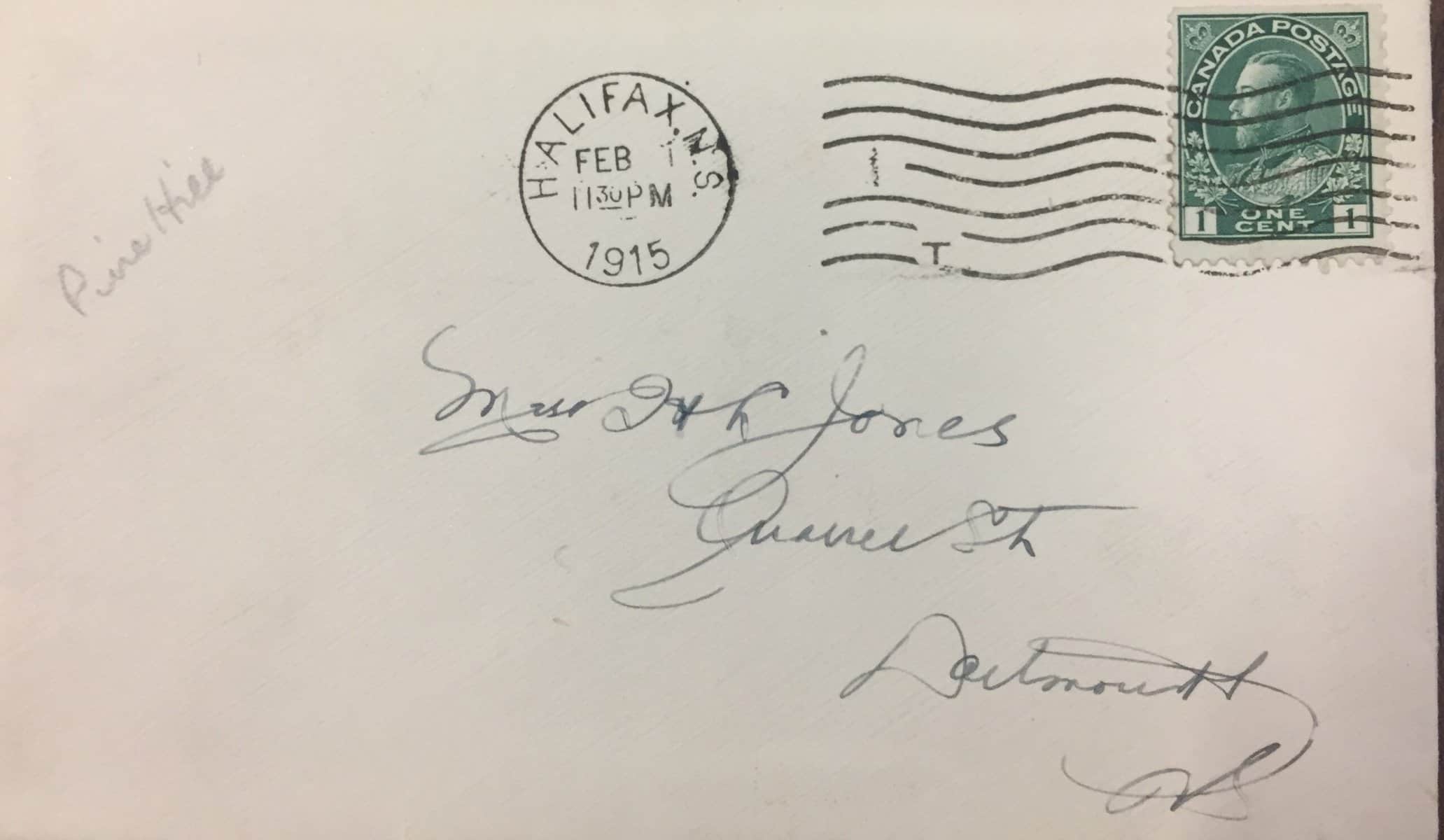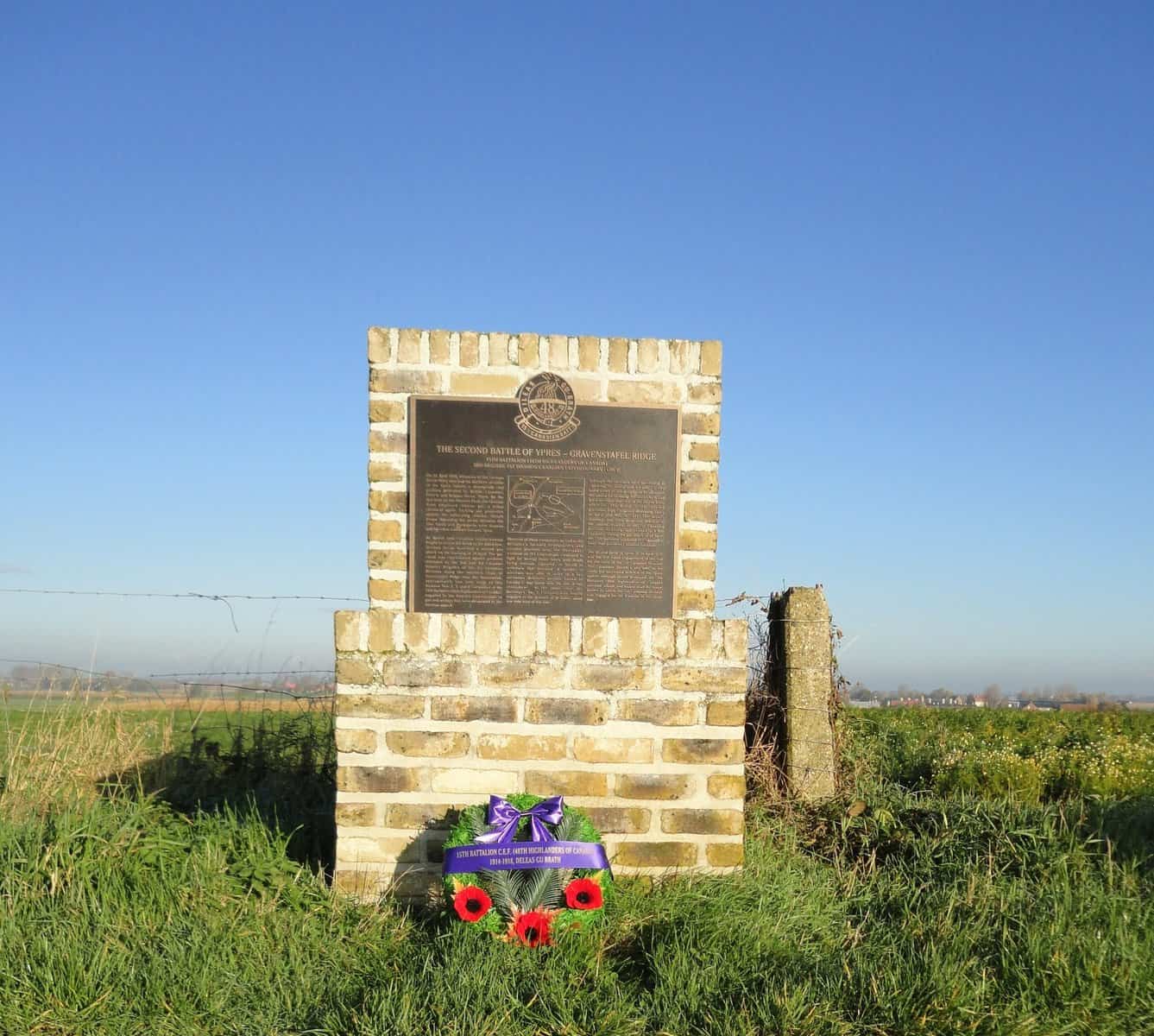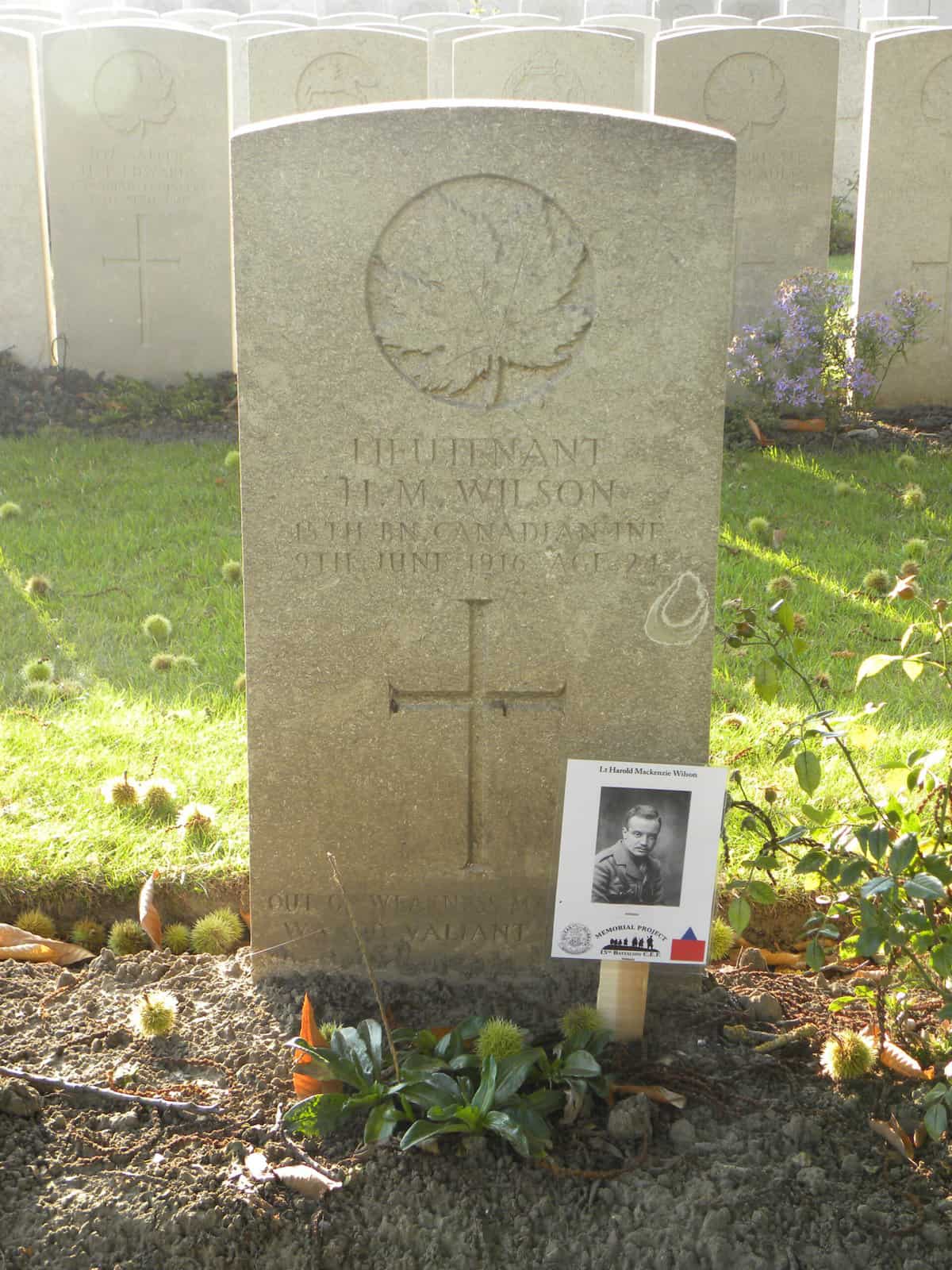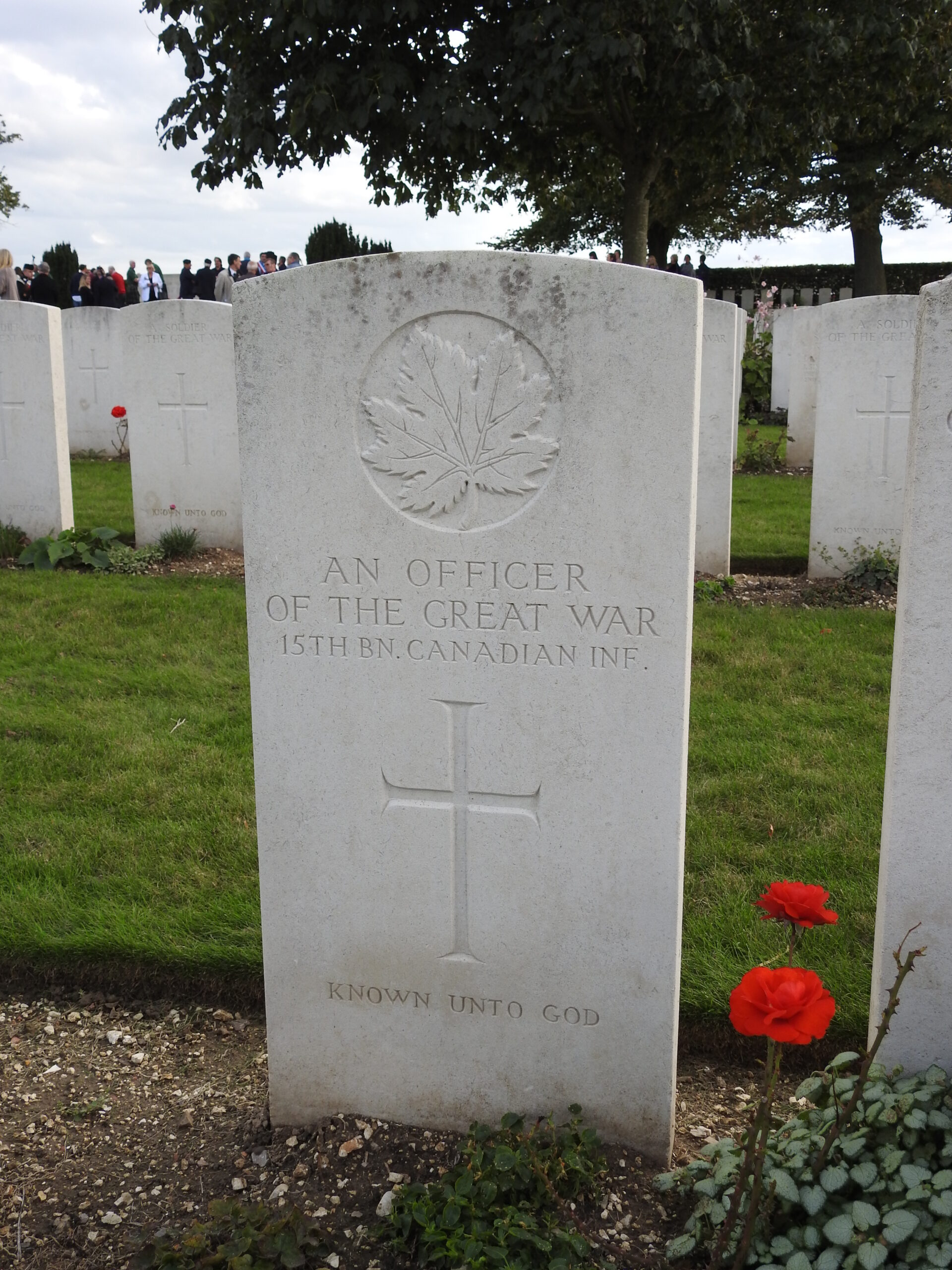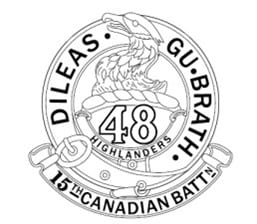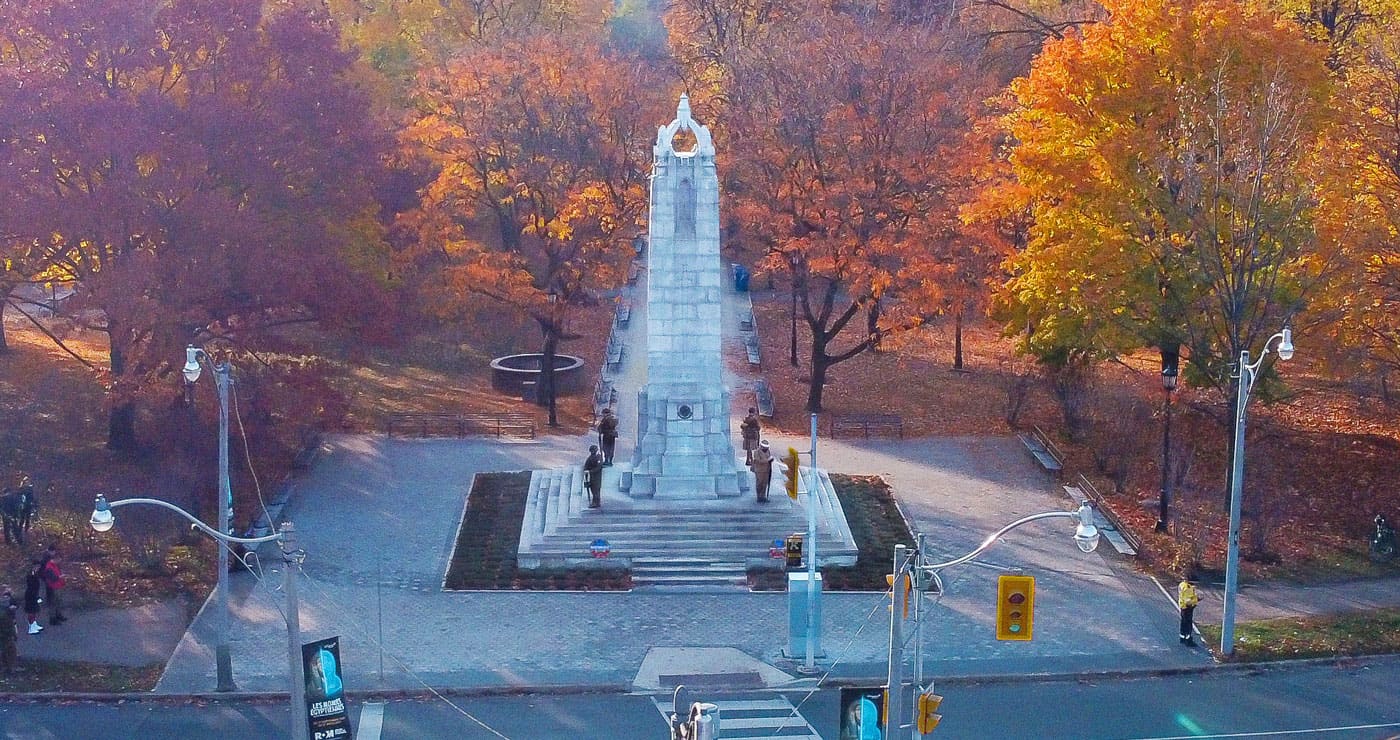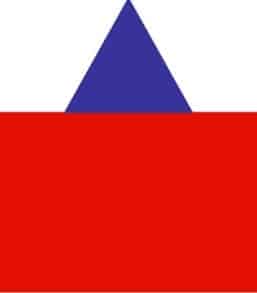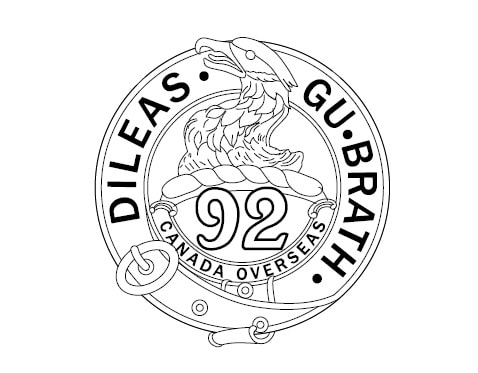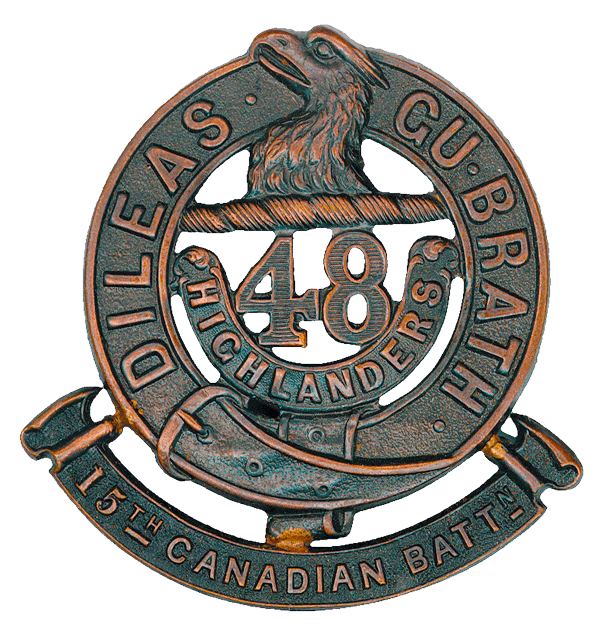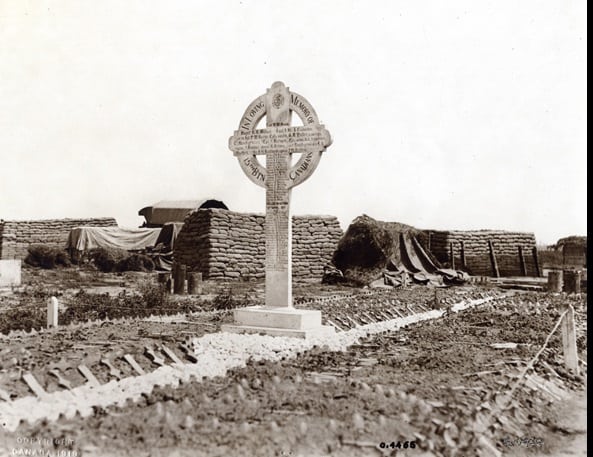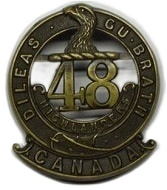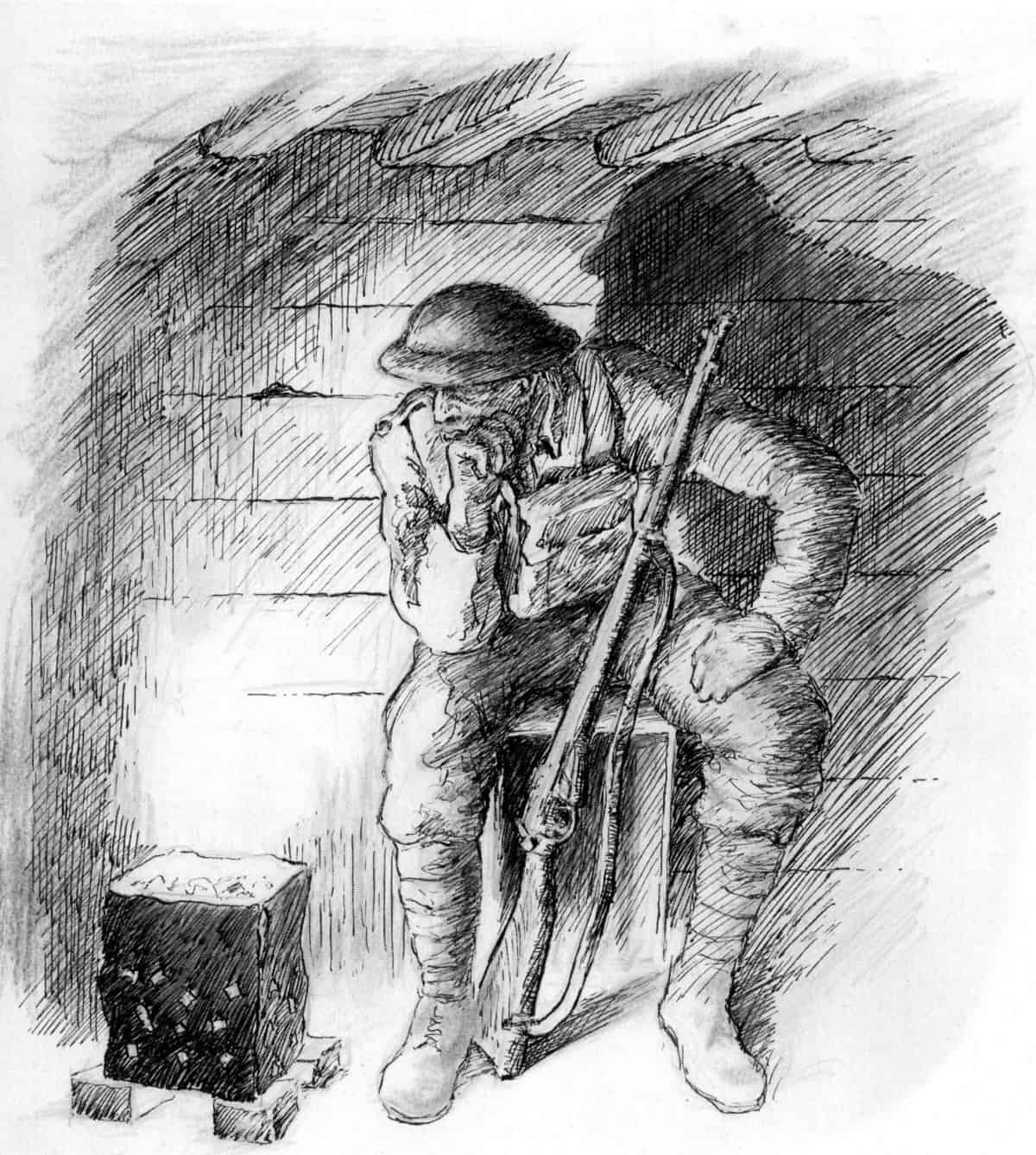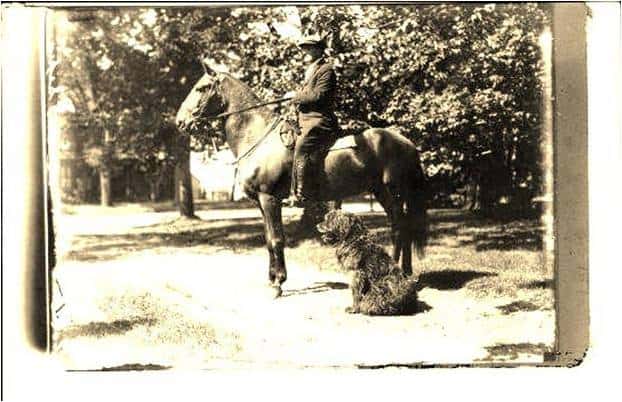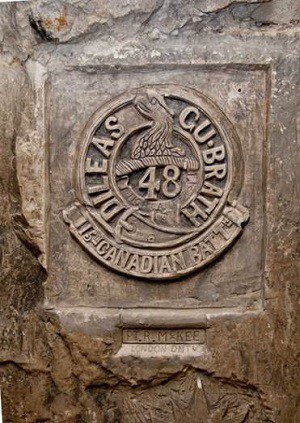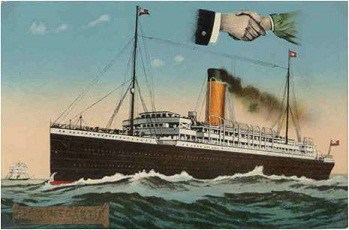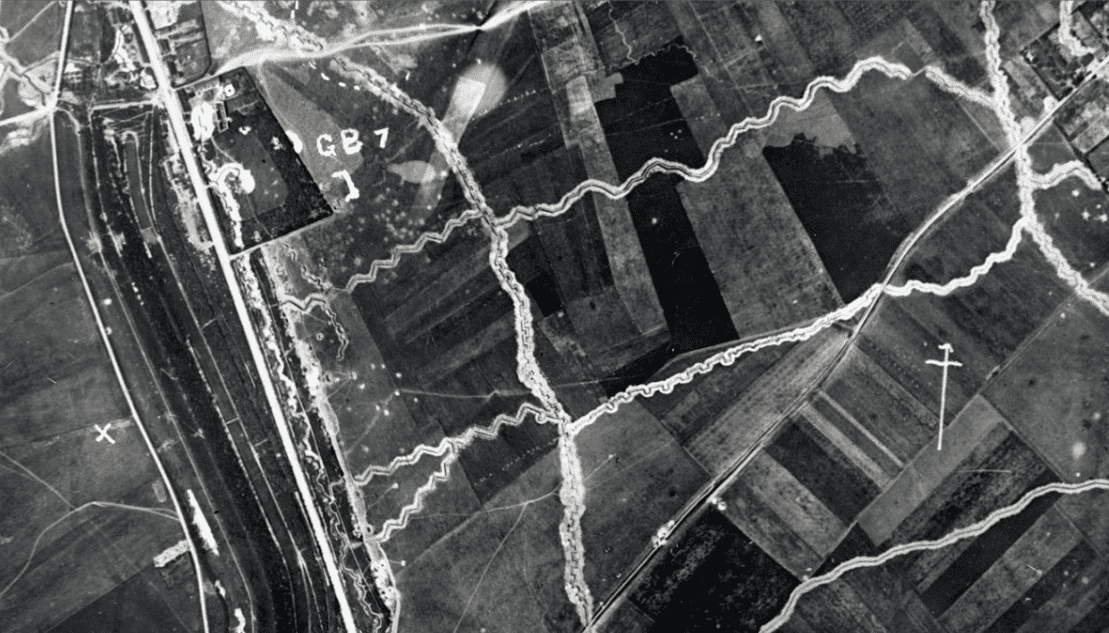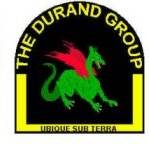Several groups have devoted considerable effort to exploring the souterrains. The efforts of two of these groups is of interest.

Canadian soldiers’ secrets hidden in ancient cave near Vimy Ridge | Globalnews.ca
The Canadian Historical Documentation and Imaging Group, known as CANADIGM, is a not-for profit group consisting of logistics, technology, media specialists, graphic and visual artists, and photographers. CANADIGM’S mission is to digitally document, in a non-invasive manner, Canadian historical artifacts, objects, and locations where access to the public is limited or nonexistent, or where such objects and artifacts may be lost to history permanently. In May 2011, armed with a vertical camera boom specifically designed for the project, affectionately nicknamed “Le Gizmo”, the group mapped the locations of the images created by the Canadian Expeditionary Force during the first World War (WW1).
The project began when a television program aired in 2009 about the tunnels and souterraines (underground quarry) in France that featured carvings and drawings created by soldiers during WW1. As a visual artist with a long-standing interest in the World Wars, a project that would preserve history by scanning, replicating, documenting, and exhibiting the work in these tunnels was envisioned. In this way, Canadians and others would have the opportunity to see the work Canadian soldiers created and learn about the brave soldiers who fought for this country.
The final outcome of the project would provide Canadians and others the opportunity to see the work Canadian soldiers created and left behind, as well as learn about who they were prior to volunteering to fight for a country’s freedom.
In preparing for the project, it is interesting to note that in 2001, M. Dominique Faivre, a member of the Association de Recherches Historique et Archéologiques Militaires (ARHAM), through her research, found the location of the entrance used in WW1 by Canadian troops. Five years later, in 2006, Judy Ruzylo, a researcher employed by a film company, again determined the exact location of the souterrain and gained access to the site by negotiating a filming agreement with the landowner. At that point, the Durand Group, a voluntary association of specialists dedicated to the investigation and recording of military subterranean features, was called in to assess the site and determine the quality of the images. Most of the Durand Group’s work to date has entailed accessing Great War tunnels, dugouts, and souterraines in northern France and documenting the findings. In 2007, the Ambler Family visited the site and subsequently had moulds made of their grandfather’s carvings. The replicas were donated to the Military Museum in Calgary. This information helped shape the work to follow.
The 15th Battalion project team connected with the Durand Group and preparations began for the CANADIGM group to travel to the site known as Maison Blanche located in the VIMY area. The Maison Blanche Souterrain holds images related to many battalions which includes the 15th battalion. Cap badge carvings of the 48th, 92nd and 134th Highlanders and names connected with the 15th are written on the walls throughout the souterrain. Thus, the purpose of the May 2011 trip was to begin the documentation process and launch the Souterraine Impressions Project.
Now that the preliminary images have been obtained, historical documents are being searched in order to link the soldiers’ names with their service records, and eventually tell their story. In the next phase, these souterrain walls will be scanned using a laser scanner capable of creating a 3D image file that will be used in either a 3D printer or a Computer Numeric Control (CNC) machine for reproduction. This method will allow capturing the image without touching the surface and destroying the patina developed over more than 90 years.
In the final phase of the project, the reproduced images will become part of an interactive educational display for the touring Canada-wide exhibition. The goal is also to complete 3D laser scan of the souterrain in order to provide a virtual walk through for the public.
As the centenary of the Battle of Vimy Ridge approached (2017), with this multi-phased project, the expressions, and what proved to be in many cases, the final testimonials of soldiers who subsequently gave their lives in forging Canada’s identity during WW1, will be made accessible to the public.

